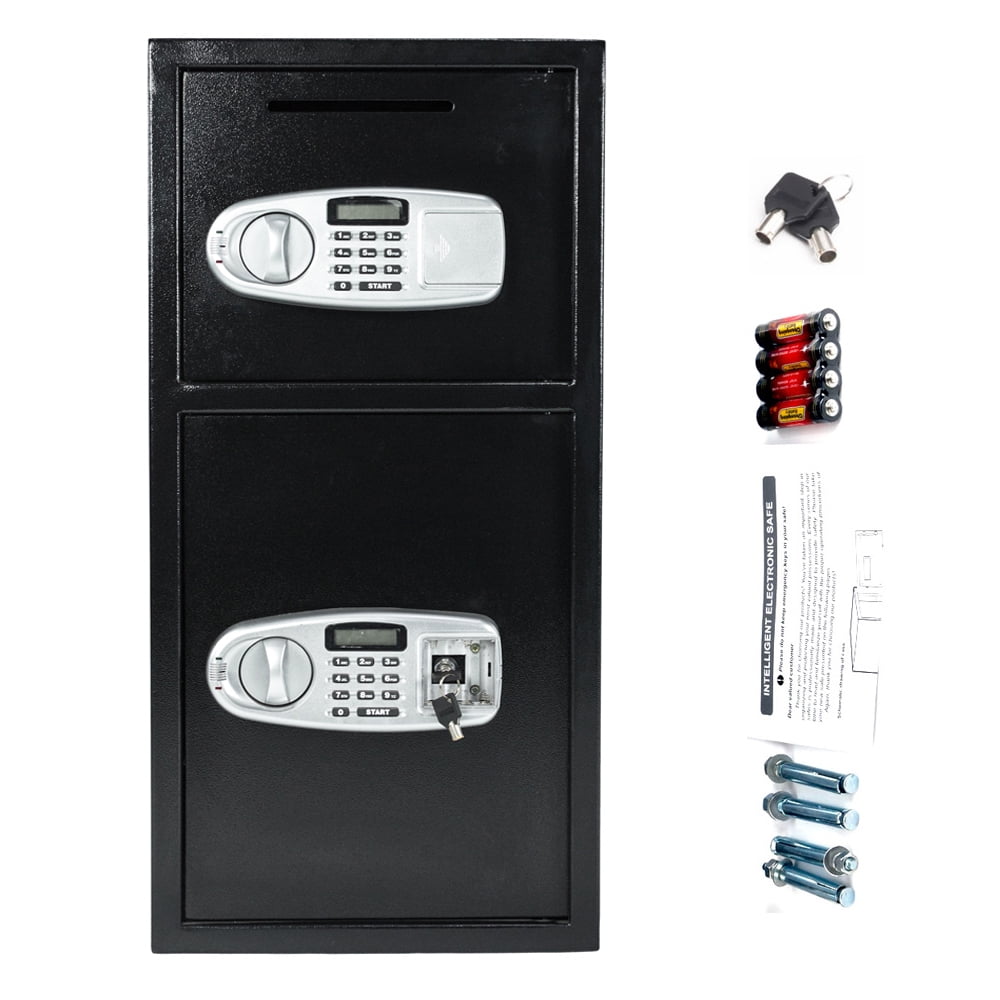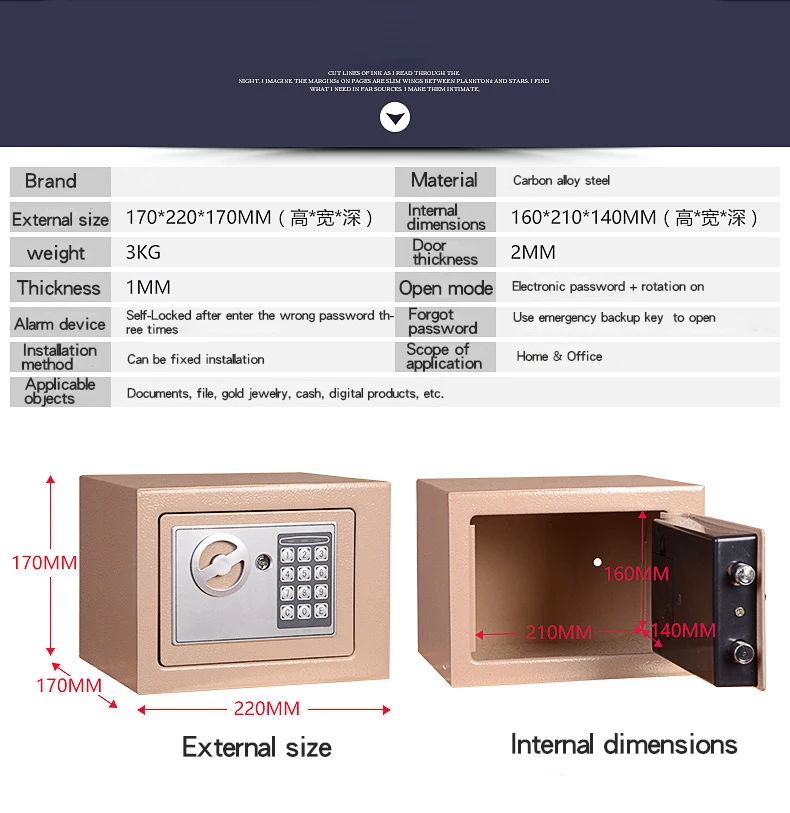

Safety deposit boxes are housed in vaults with thick doors and walls, reinforced to keep them safe during hurricanes, tornadoes and other natural disasters. This way, if you lose your key or someone steals it, no one will know what it belongs to. If someone else needs to access your box, they will need prior authorization from you. For extra security, don’t put any identifying information on your safe deposit box key, like the box number or bank’s name. When you go into the bank to access a safety deposit box, banks require identification. Typically, each comes with two keys needed to open the box: one held by the bank and the other held by you, the box’s owner. Be sure to take photos, too, in case you ever need to file a claim.In terms of access, safety deposit boxes are very secure. It’s a good idea to keep appraisals up to date for items that fluctuate widely in value. You’ll likely need to get the items “scheduled,” which means providing original receipts and/or written appraisals. Alternatively, consider what’s called a personal articles floater, a supplemental policy that provides added coverage for specified valuables. One option is to contact your insurer to see if the limits can be raised. Standard homeowners insurance offers some coverage for personal property kept off-premises, but limits are typically low for valuables such as jewelry and collectibles. As the New York Times noted in its coverage of that loss: "There are no federal laws governing the boxes no rules require banks to compensate customers if their property is stolen or destroyed." One owner of a safe deposit box had a heart-dropping experience when he opened a bank box he had maintained for years, storing a prized collection of valuable watches. Wells Fargo, for example, explicitly states that box contents aren’t insured and advises box owners to “purchase an appropriate policy from the insurance company of your choice.”Īnd there have been noteworthy disappearances from safe deposit banks, especially after banks change owners, sometimes multiple times. The FDIC doesn’t insure the contents of a safe deposit box, nor does the bank itself unless otherwise stated in your agreement.

The wedding band from your first marriage, heirloom jewelry from the grandparents, rare coins and similar valuables are good candidates for a safe deposit box – but only if they’re properly insured. Keeping Uninsured Jewelry and Collectibles in a Safe Deposit Box The bank that houses the safe deposit box will be happy to hold your cash and maybe even give you a smidgen of interest on it. To receive FDIC insurance, which covers up to $250,000 per depositor per insured bank, your cash needs to be deposited in a qualifying deposit account such as a checking account, savings account or certificate of deposit. Reynolds, chief of the FDIC’s Community Outreach Section. Read the fine print of your agreement.īear in mind, too, that cash in a safe deposit box isn’t protected by the Federal Deposit Insurance Corporation, says Luke W. Some banks expressly forbid storing cash in a safe deposit box.It’s better to put the money in an interest-bearing account or certificate of deposit.

The idle cash loses buying power over time due to the effects of inflation.If you need the money in an emergency but the bank is closed, you’re out of luck.

Or maybe you like to keep a stash of cash at home “just in case.” Would storing it in a safe deposit box be a better move? Experts warn there are several reasons you shouldn’t keep cash in a safe deposit box:


 0 kommentar(er)
0 kommentar(er)
